Increasing the Efficiency of the Information Management System for Controlling the Spatial Orientation of Objects in Geophysical Research †
Abstract
1. Introduction
2. Serial Connection of the Same Type Components and Their Effect on the Frequency Characteristics
3. Increasing Steepness of the AFC of the Digital Bandpass Filters
4. Conclusions
Author Contributions
Funding
Institutional Review Board Statement
Informed Consent Statement
Data Availability Statement
Conflicts of Interest
References
- Erkan, K. A Comparative Overview of Geophysical Methods; The Ohio State University: Columbus, OH, USA, 2008; Geodetic Science and Surveying, Report No. 488; Available online: https://core.ac.uk/download/pdf/159585702.pdf (accessed on 30 September 2008).
- Erkan, K.; Jekeli, C. A comparative analysis of geophysical fields for multi-sensor applications. J. Appl. Geophys. 2011, 74, 142–150. [Google Scholar] [CrossRef]
- Logging While Drilling (LWD) & Measurements While Drilling (MWD). Schlumberger Limited. 2014. Available online: http://www.slb.com/services/drilling/mwd_lwd.aspx (accessed on 17 April 2014).
- Scientific Drilling International. Available online: http://www.scientificdrilling.com/ (accessed on 14 December 2022).
- Measurements While Drilling (MWD). Available online: http://www.slb.com/services/drilling/mwd_lwd/mwd.aspx (accessed on 21 March 2021).
- Grangel-González, I.; Rivas, P.J.B.; Halilaj, L.; Lohmann, S. The Industry 4.0 Standards Landscape from a Semantic Integration Perspective. In Proceedings of the IEEE 22nd International Conference on Emerging Technologies and Factory Automation (ETFA), Limassol, Cyprus, 1–15 September 2017. [Google Scholar] [CrossRef]
- Santos, B.P.; Charrua-Santos, F.; Lima, T.M. Industry 4.0: An overview. In Proceedings of the World Congress on Engineering 2018 Vol II WCE, London, UK, 4–6 July 2018; Available online: https://www.researchgate.net/publication/326352993_Industry_40_an_overview (accessed on 6 July 2018).
- Industry 4.0. Available online: https://www.cognex.com/ru-ru/what-is/industry-4-0-machine-vision/development (accessed on 3 October 2021).
- Adel, A. Future of industry 5.0 in society: Human-centric solutions, challenges and prospective research areas. J. Cloud Comput. 2022, 11, 40. [Google Scholar] [CrossRef] [PubMed]
- Mao, J.; Choi, W.; Tam, K.; Che, W.; Xue, Q. Tunable bandpass filter design based on external quality factor tuning and multiple mode resonators for wideband applications. IEEE Trans. Microw. Theory Tech. 2013, 61, 2574–2584. [Google Scholar] [CrossRef]
- Rais-Zadeh, M.; Fox, J.; Wentzloff, D.; Gianchandani, Y. Reconfigurable radios: A possible solution to reduce entry costs in wireless phones. Proc. IEEE 2015, 103, 438–451. [Google Scholar] [CrossRef]
- Schuster, C.; Wiens, A. Performance Analysis of Reconfigurable Bandpass Filters with Continuously Tunable Center Frequency and Bandwidth. IEEE Trans. Microw. Theory Tech. 2017, 65, 4572–4583. [Google Scholar] [CrossRef]
- Dhabu, S.; Ambede, A.; Smitha, K.G.; Darak, S.; Vinod, A.P. Variable Cutoff Frequency FIR Filters: A Survey. SN Appl. Sci. 2018, 2, 1–23. [Google Scholar] [CrossRef]
- Koshita, S.; Abe, M.; Kawamata, M. Recent Advances in Variable Digital Filters. In Digital Systems; IntechOpen Limited: London, UK, 2018. [Google Scholar] [CrossRef]
- Prabhakar, S.; Sappal, A.S. Characteristics of Tunable Digital Filters. Int. J. Adv. Res. Comput. Sci. Softw. Eng. 2013, 3, 362–369. [Google Scholar]
- Widely Tunable and Highly Reconfigurable Filters. Available online: https://engineering.purdue.edu/IDEAS/TunableFilters.html (accessed on 7 May 2011).
- Haridas, N.; Elias, E. Efficient variable bandwidth filters for digital hearing aid using Farrow structure. J. Adv. Res. 2016, 7, 255–262. [Google Scholar] [CrossRef] [PubMed]
- Zahoor, S.; Naseem, S. Design and implementation of an efficient FIR digital filter. Electr. Electron. Eng. 2017, 4, 34–46. [Google Scholar] [CrossRef]
- Zhyvtsova, L.I.; Ukhina, H.V.; Sytnikov, V.S.; Streltsov, O.V.; Stupen, P.V. Integrated improvement of the efficiency of computer control system of spatial orientation settings of drilling facilities. Nauk. Visnyk Natsionalnoho Hirnychoho Universytetu 2022, 1, 116–122. [Google Scholar] [CrossRef]
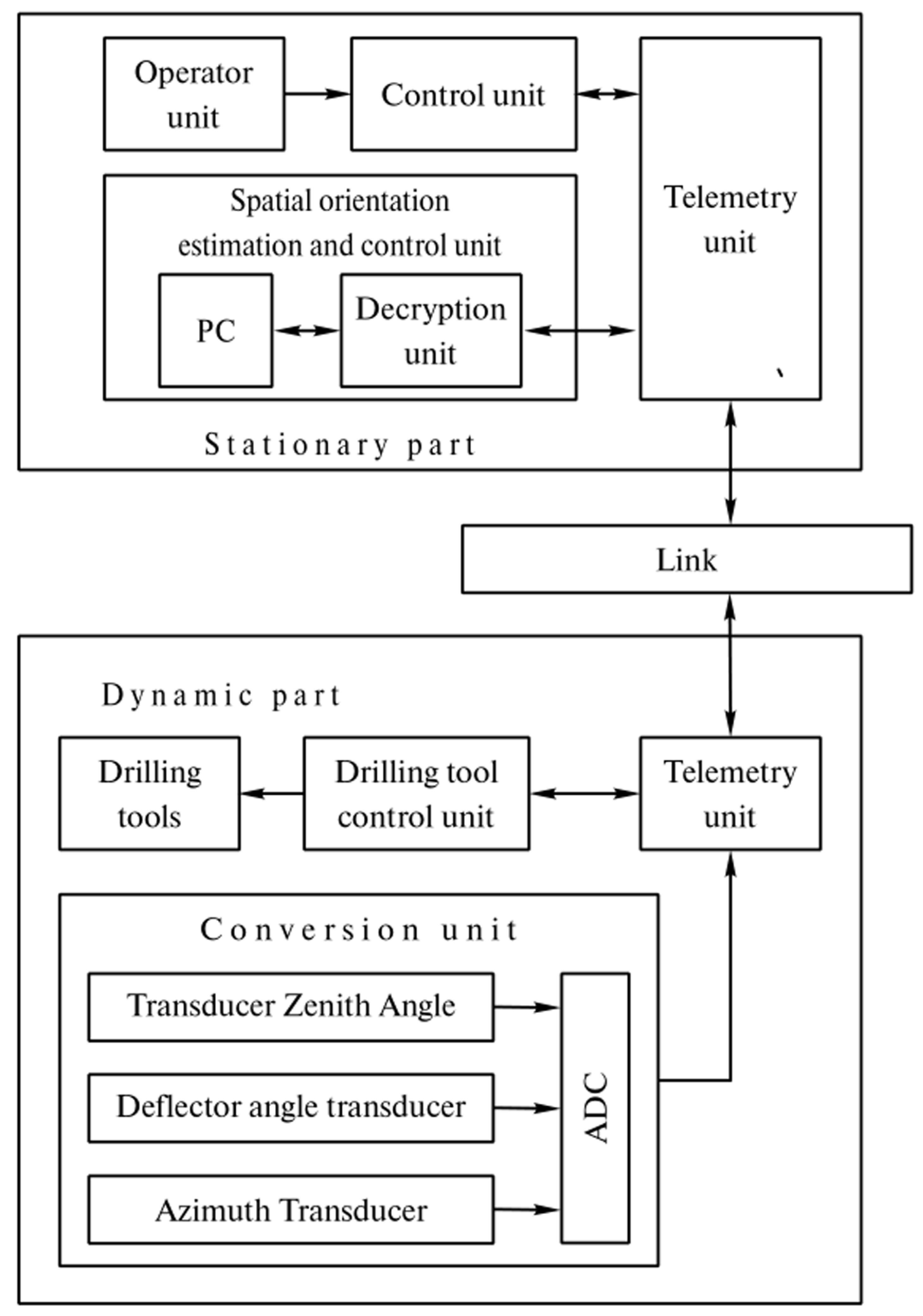
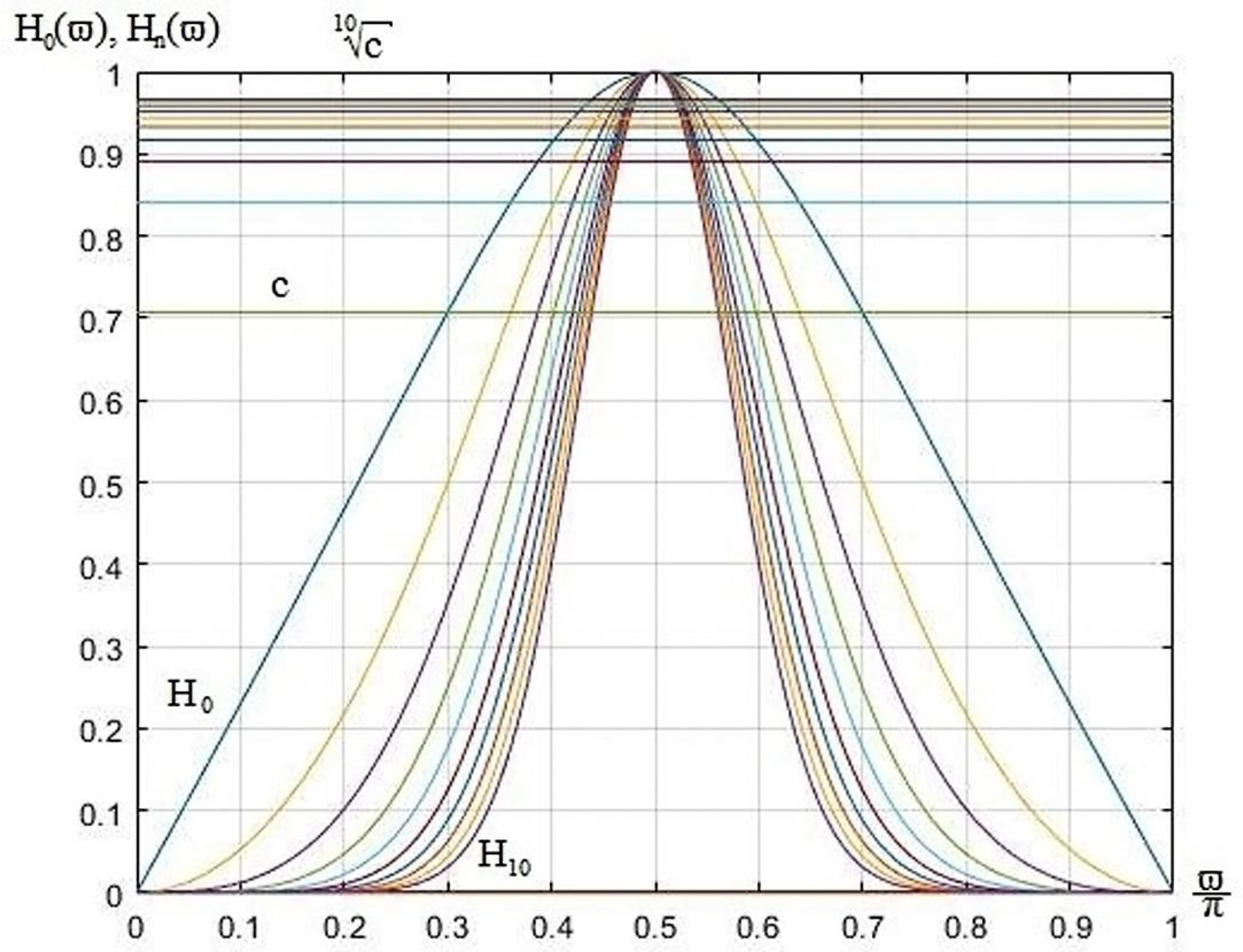
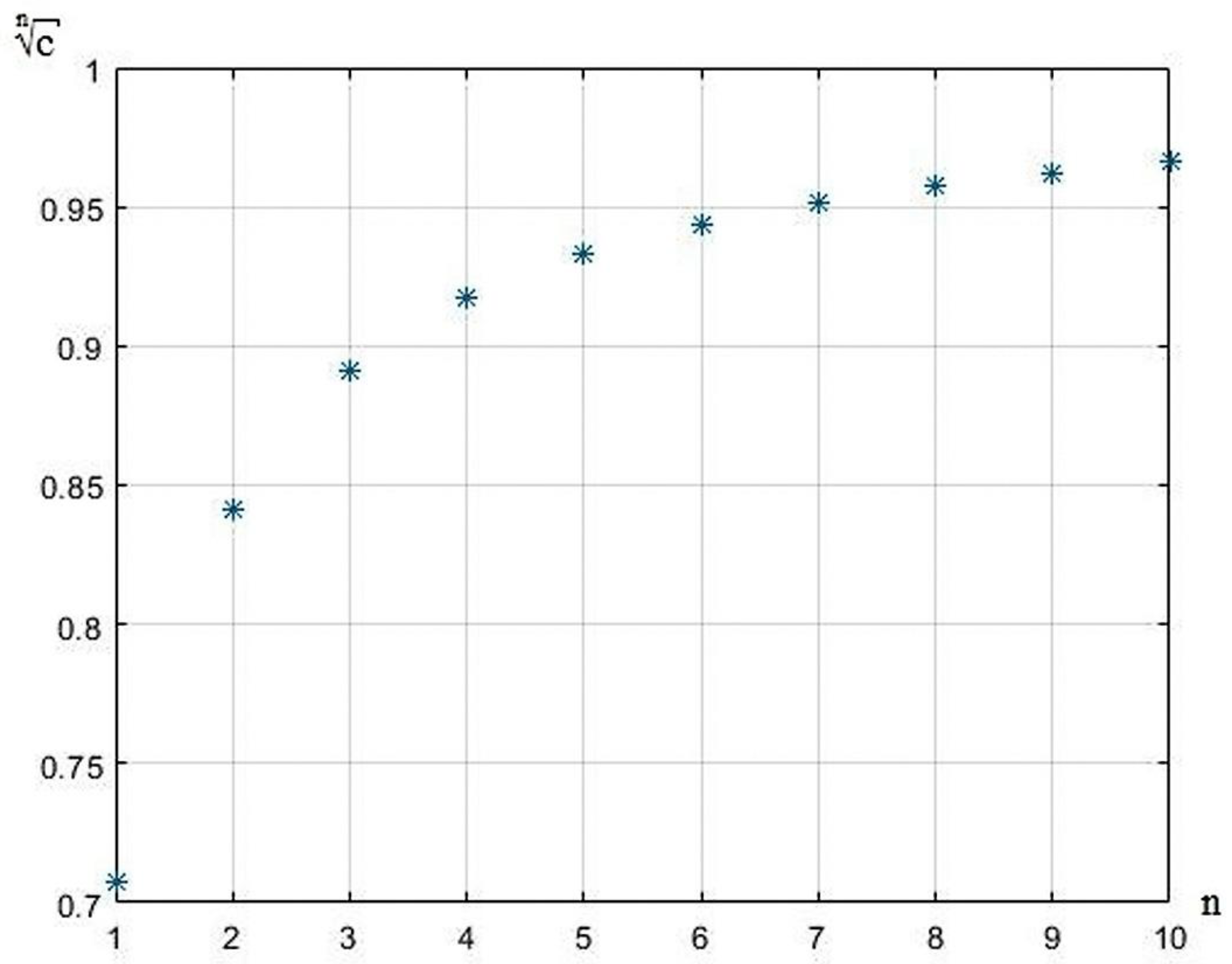
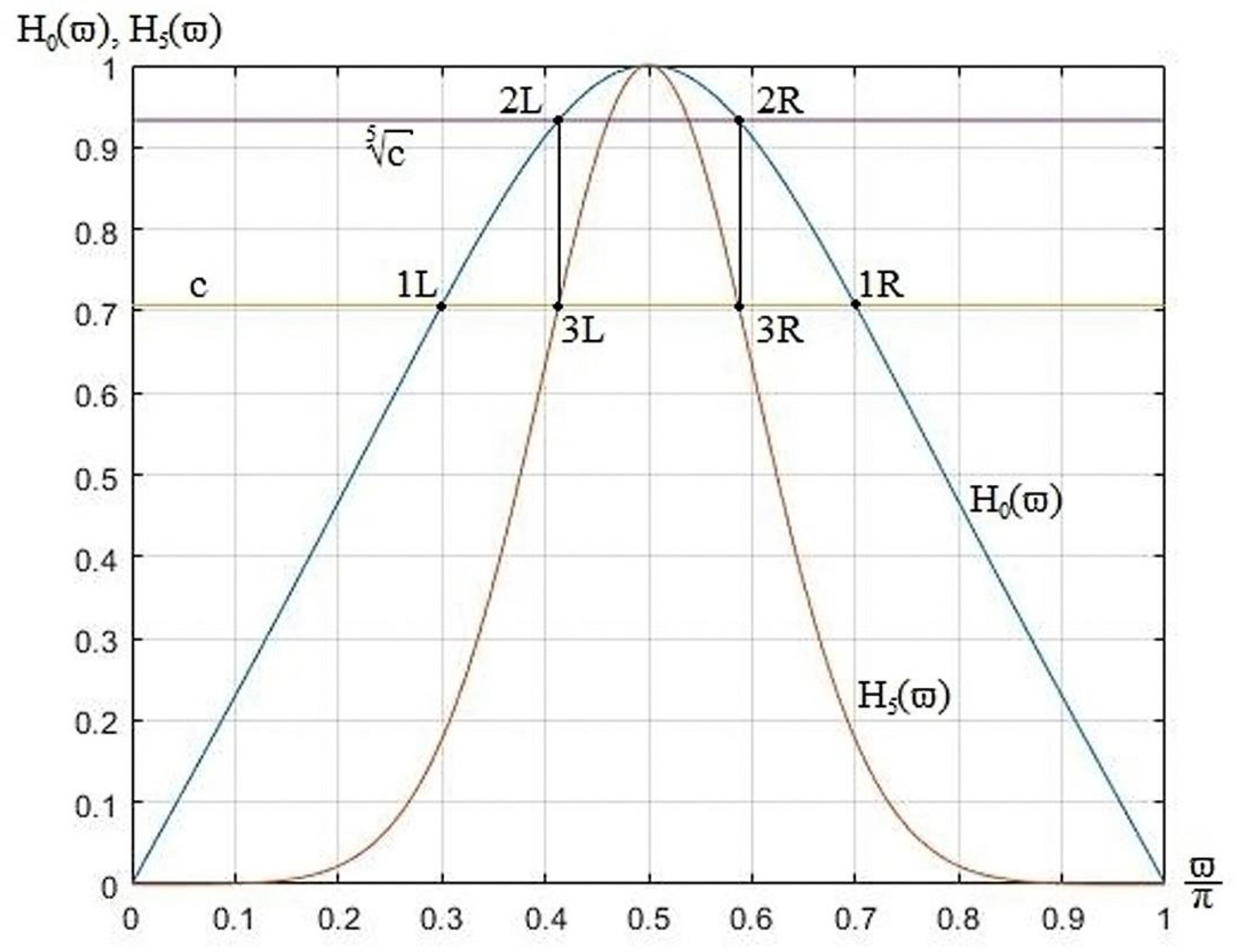


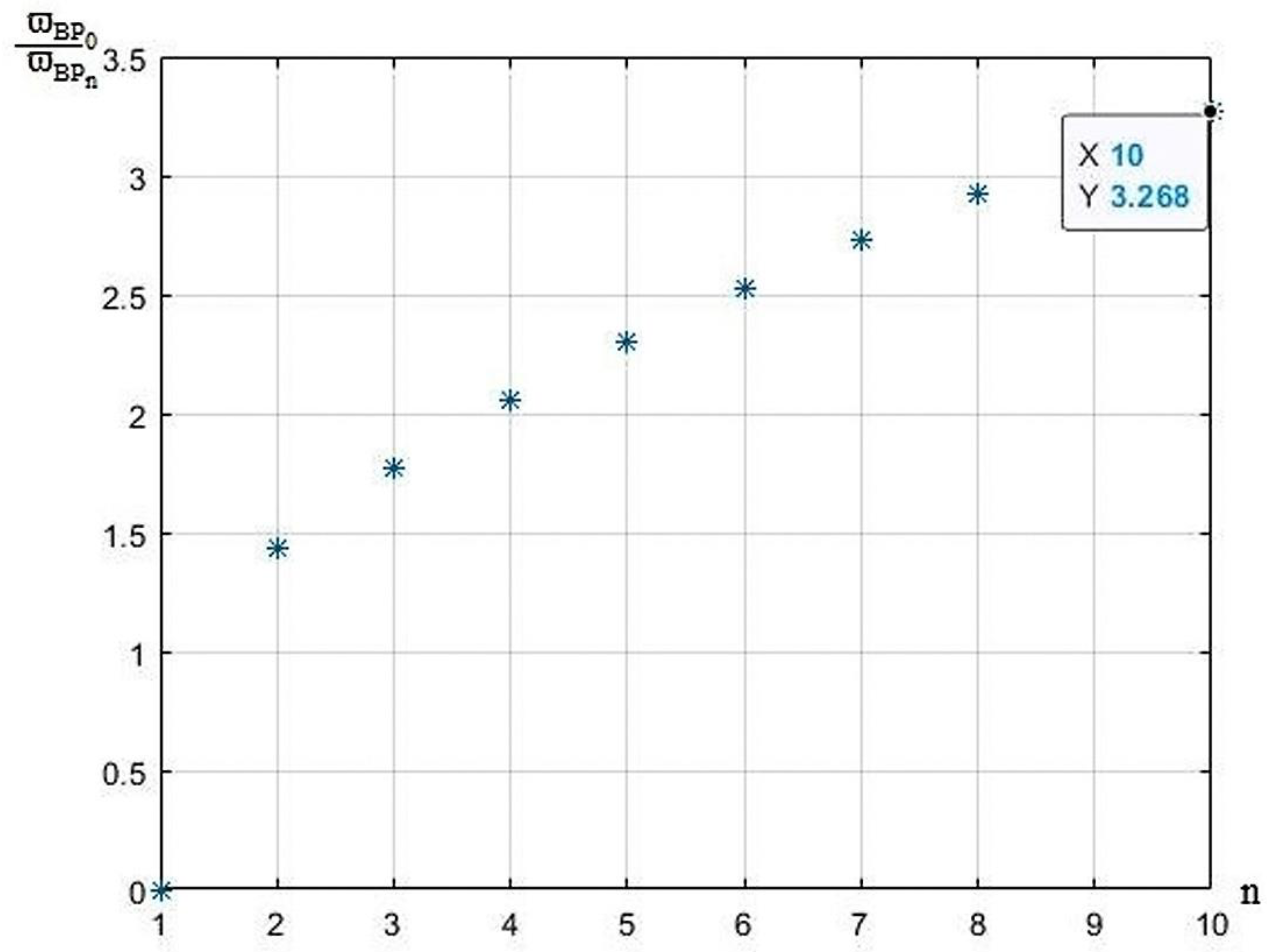
Disclaimer/Publisher’s Note: The statements, opinions and data contained in all publications are solely those of the individual author(s) and contributor(s) and not of MDPI and/or the editor(s). MDPI and/or the editor(s) disclaim responsibility for any injury to people or property resulting from any ideas, methods, instructions or products referred to in the content. |
© 2023 by the authors. Licensee MDPI, Basel, Switzerland. This article is an open access article distributed under the terms and conditions of the Creative Commons Attribution (CC BY) license (https://creativecommons.org/licenses/by/4.0/).
Share and Cite
Sytnikov, T.; Bilenko, A.; Sytnikov, V.; Streltsov, O.; Stupen, P. Increasing the Efficiency of the Information Management System for Controlling the Spatial Orientation of Objects in Geophysical Research. Eng. Proc. 2023, 41, 5. https://doi.org/10.3390/engproc2023041005
Sytnikov T, Bilenko A, Sytnikov V, Streltsov O, Stupen P. Increasing the Efficiency of the Information Management System for Controlling the Spatial Orientation of Objects in Geophysical Research. Engineering Proceedings. 2023; 41(1):5. https://doi.org/10.3390/engproc2023041005
Chicago/Turabian StyleSytnikov, Tykhon, Anatoliy Bilenko, Valerii Sytnikov, Oleh Streltsov, and Pavlo Stupen. 2023. "Increasing the Efficiency of the Information Management System for Controlling the Spatial Orientation of Objects in Geophysical Research" Engineering Proceedings 41, no. 1: 5. https://doi.org/10.3390/engproc2023041005
APA StyleSytnikov, T., Bilenko, A., Sytnikov, V., Streltsov, O., & Stupen, P. (2023). Increasing the Efficiency of the Information Management System for Controlling the Spatial Orientation of Objects in Geophysical Research. Engineering Proceedings, 41(1), 5. https://doi.org/10.3390/engproc2023041005





